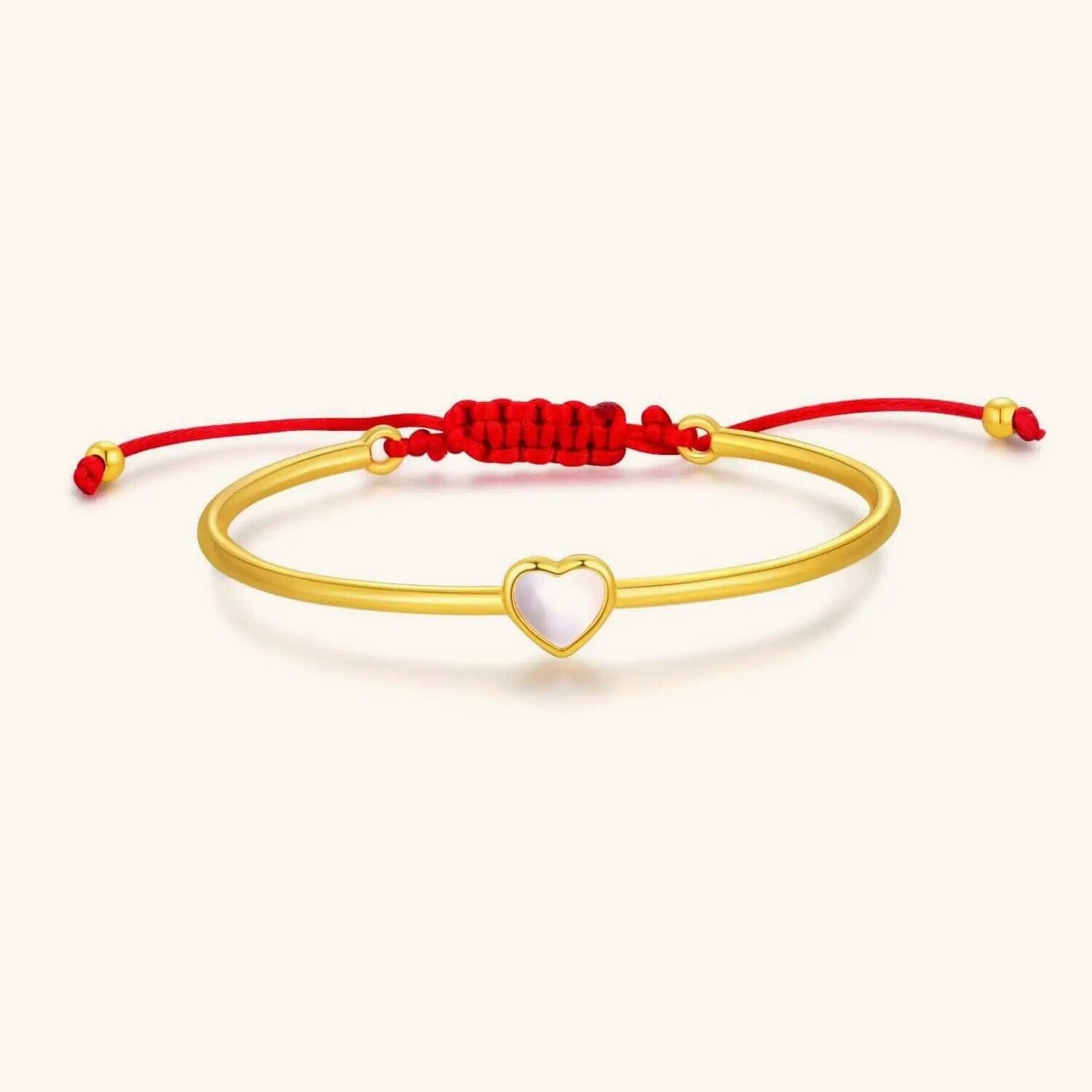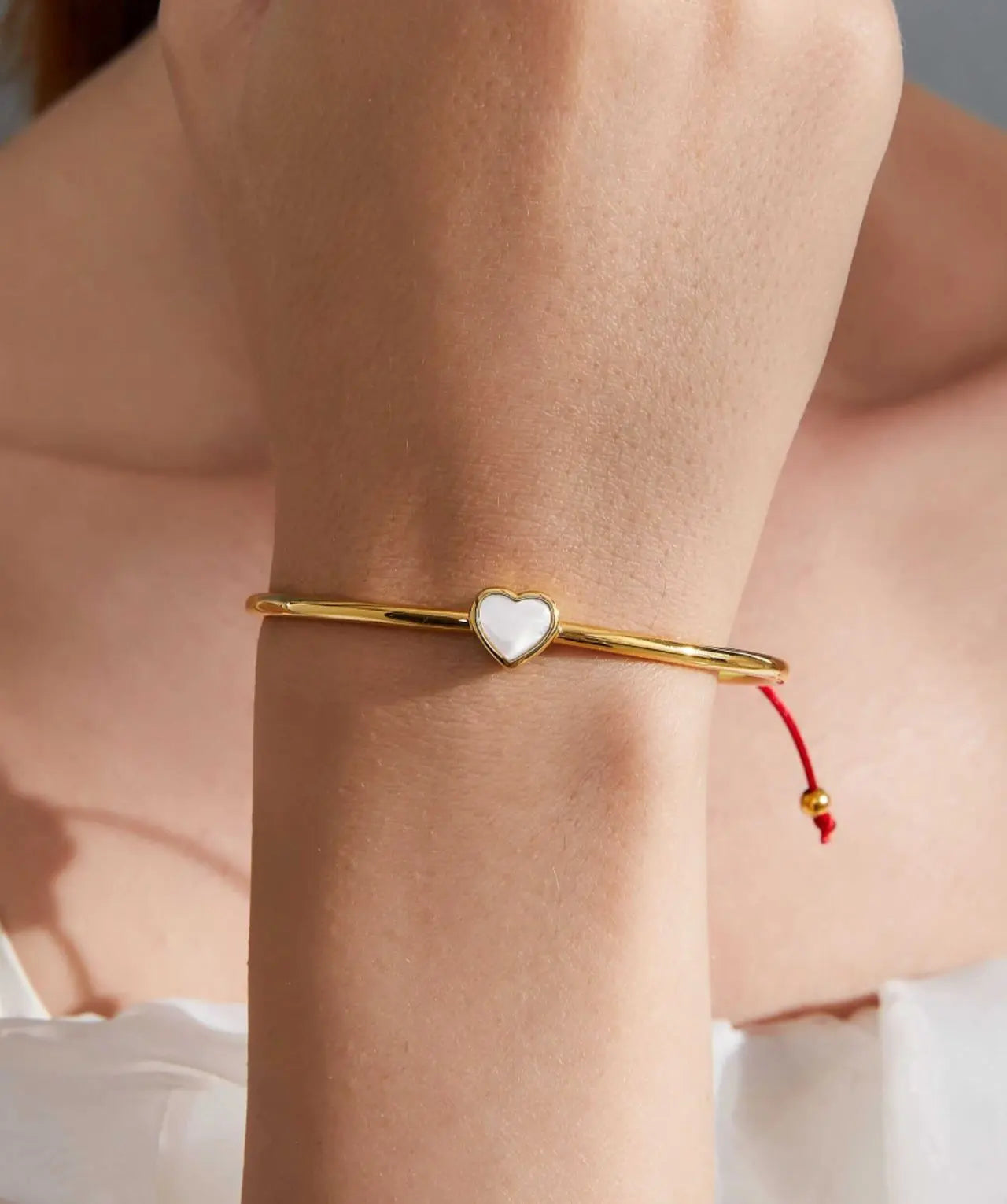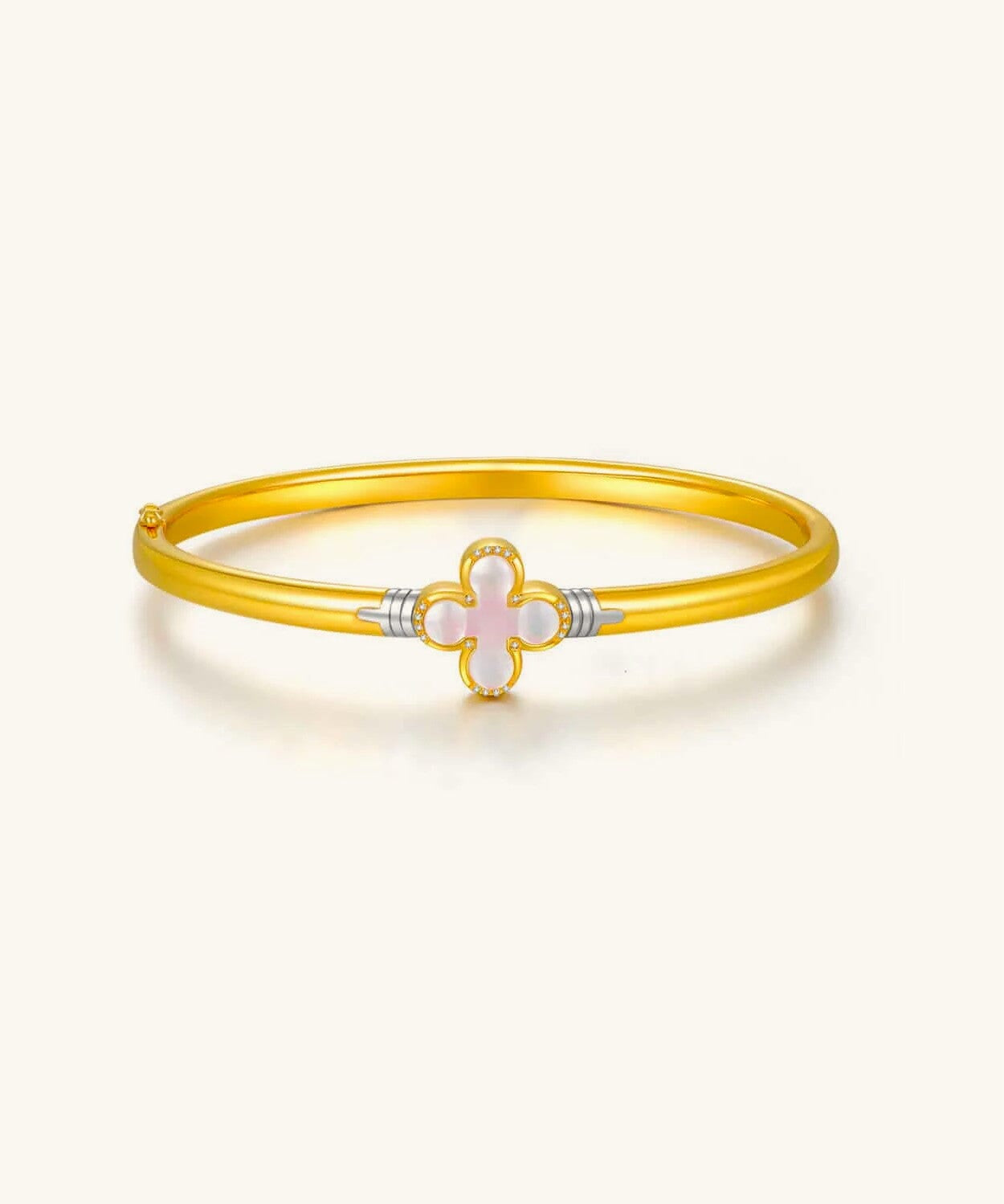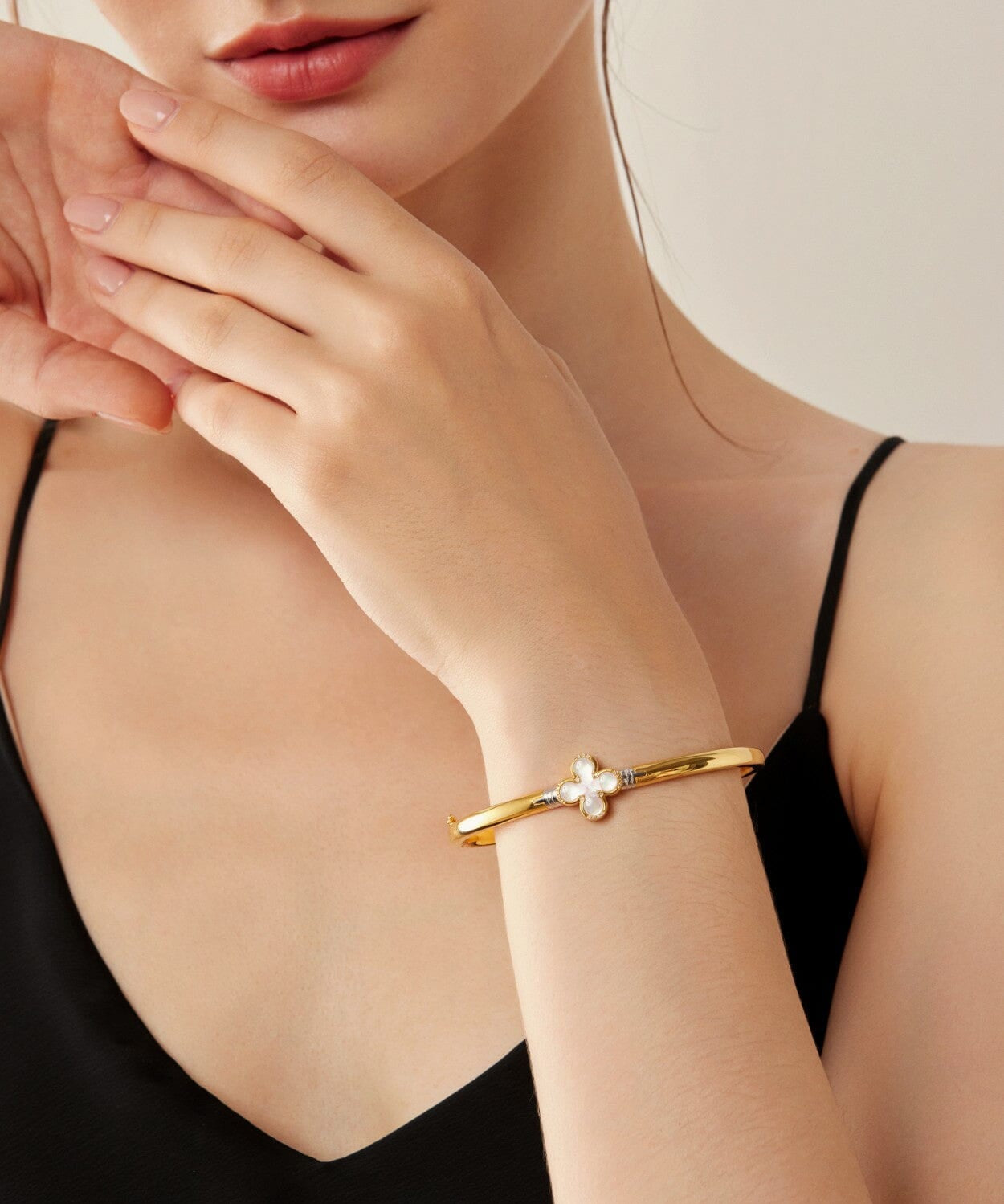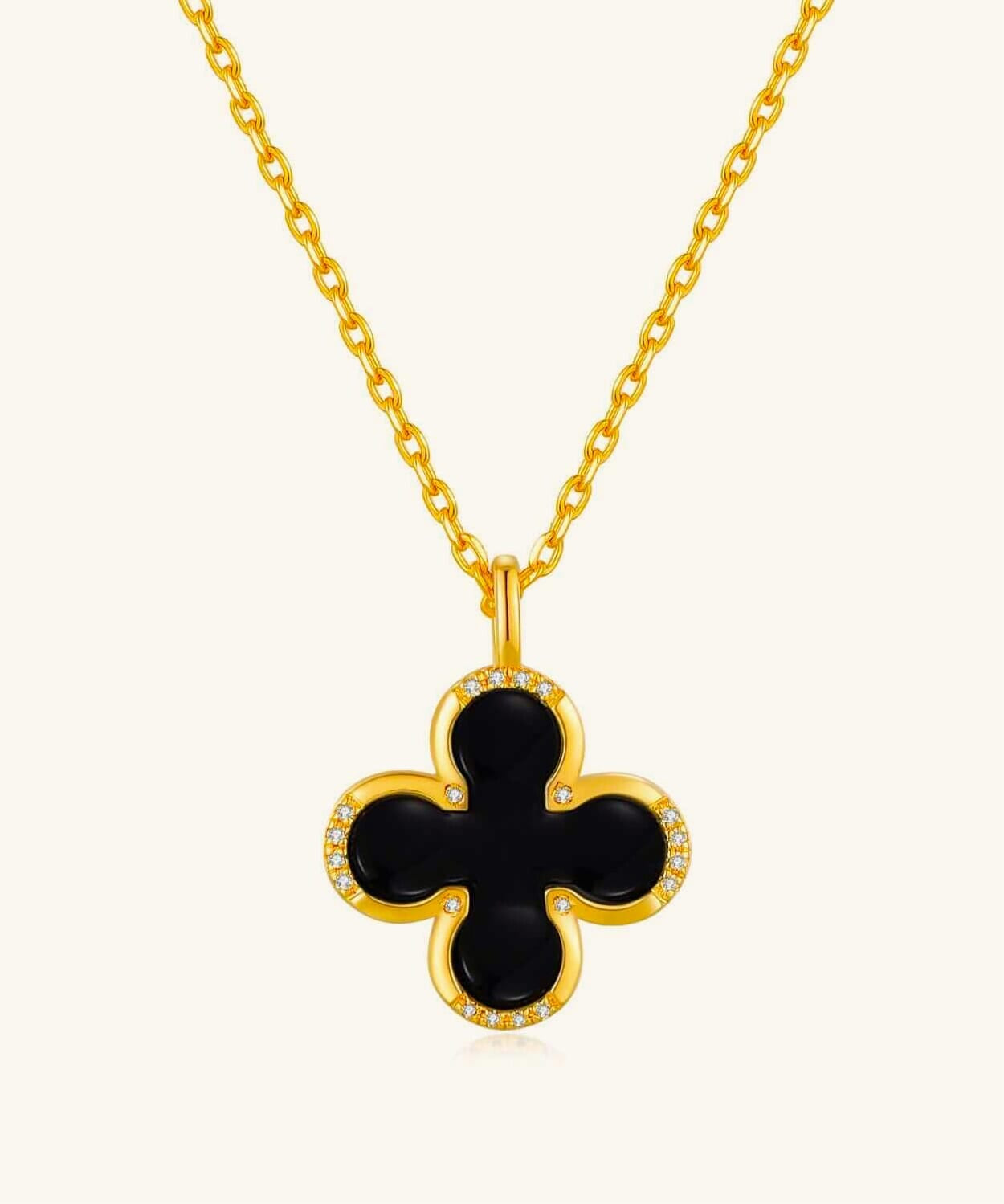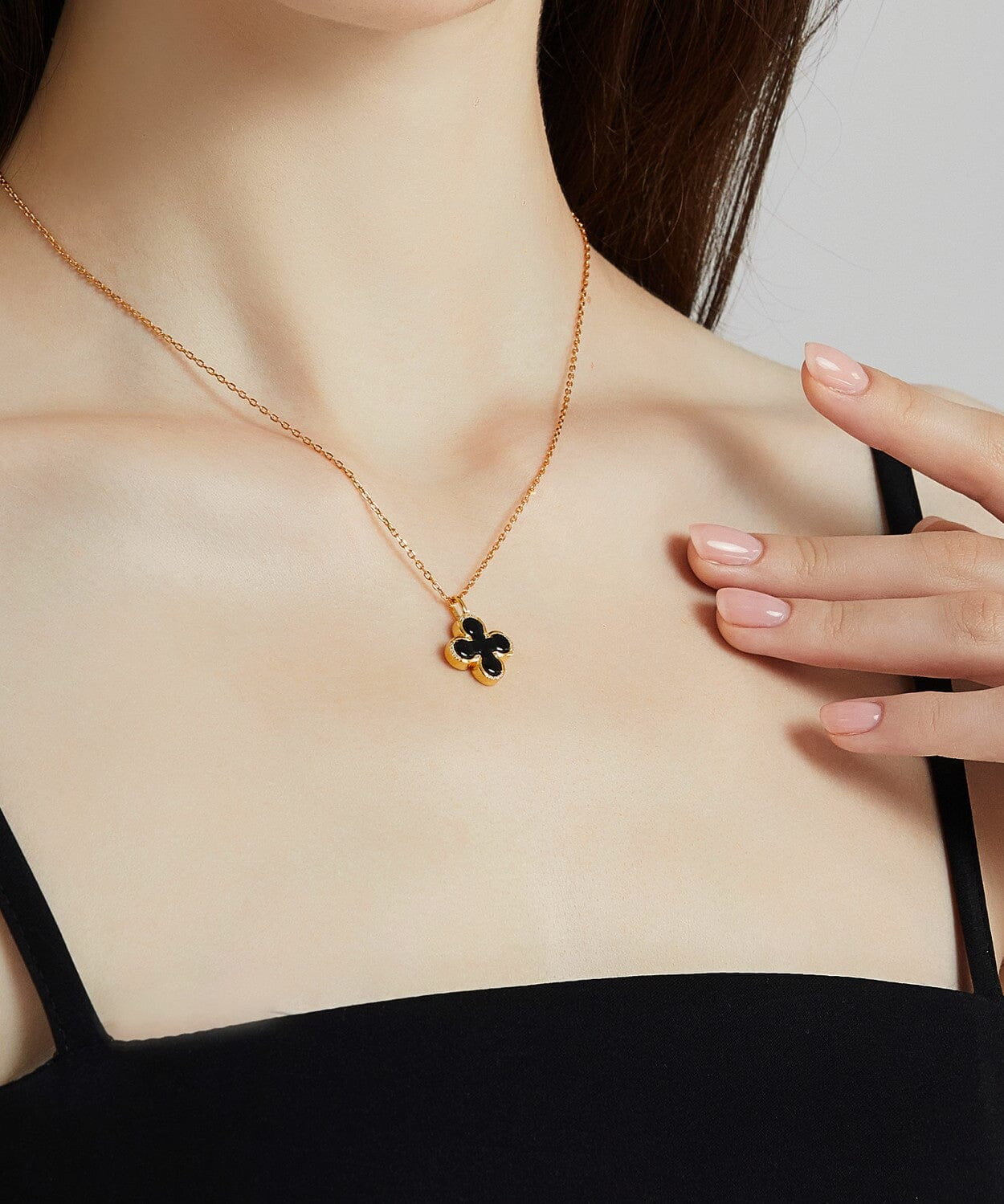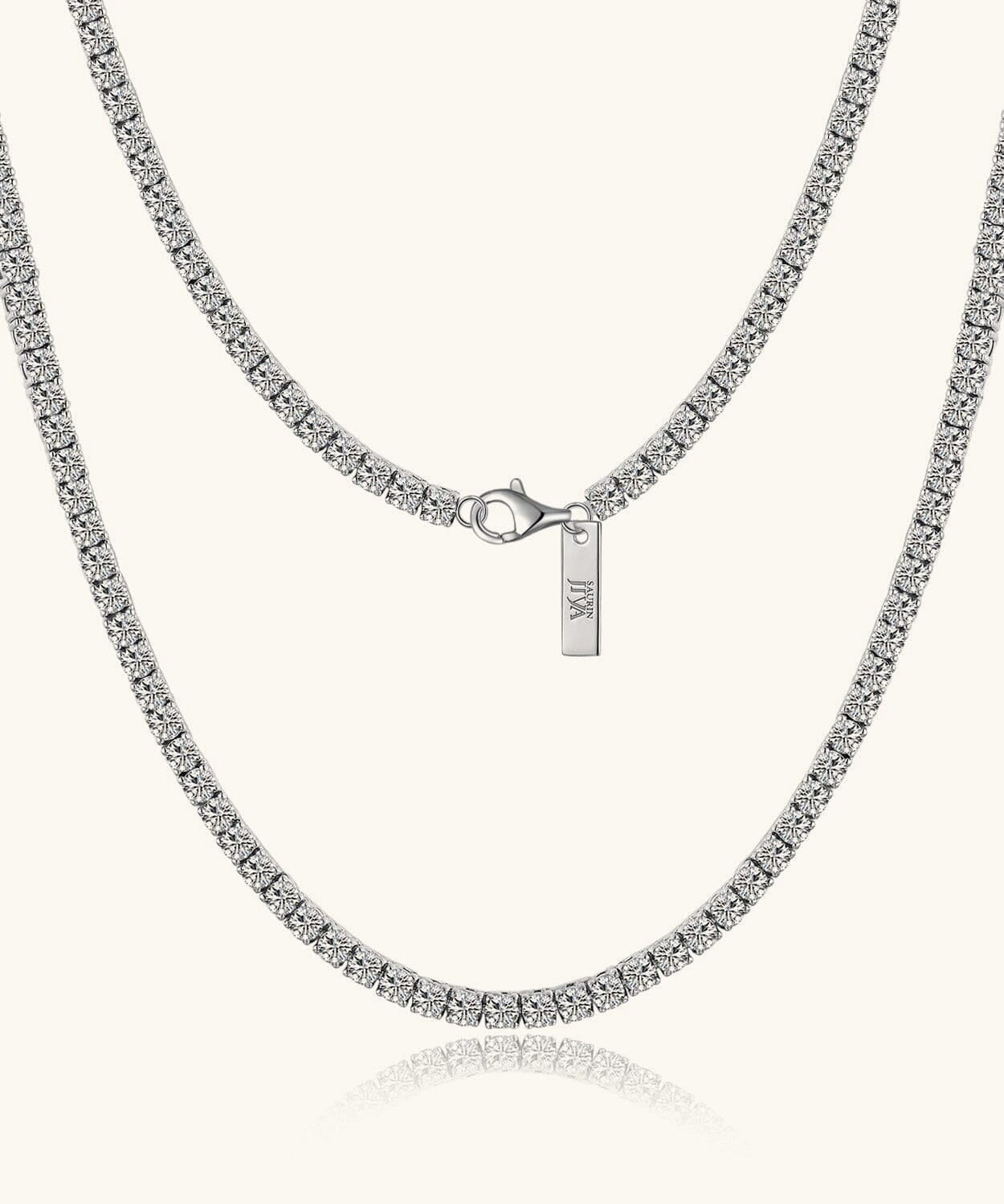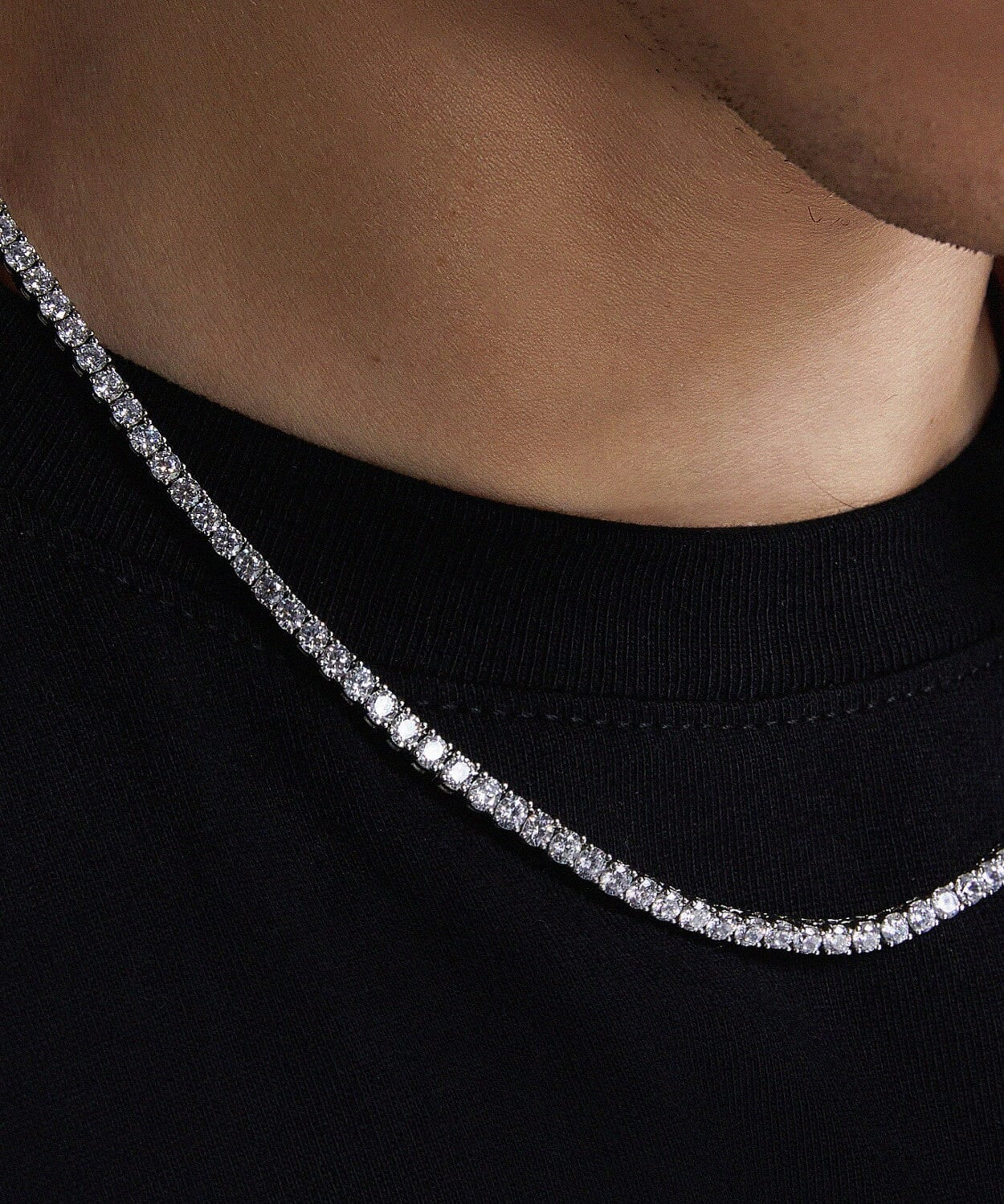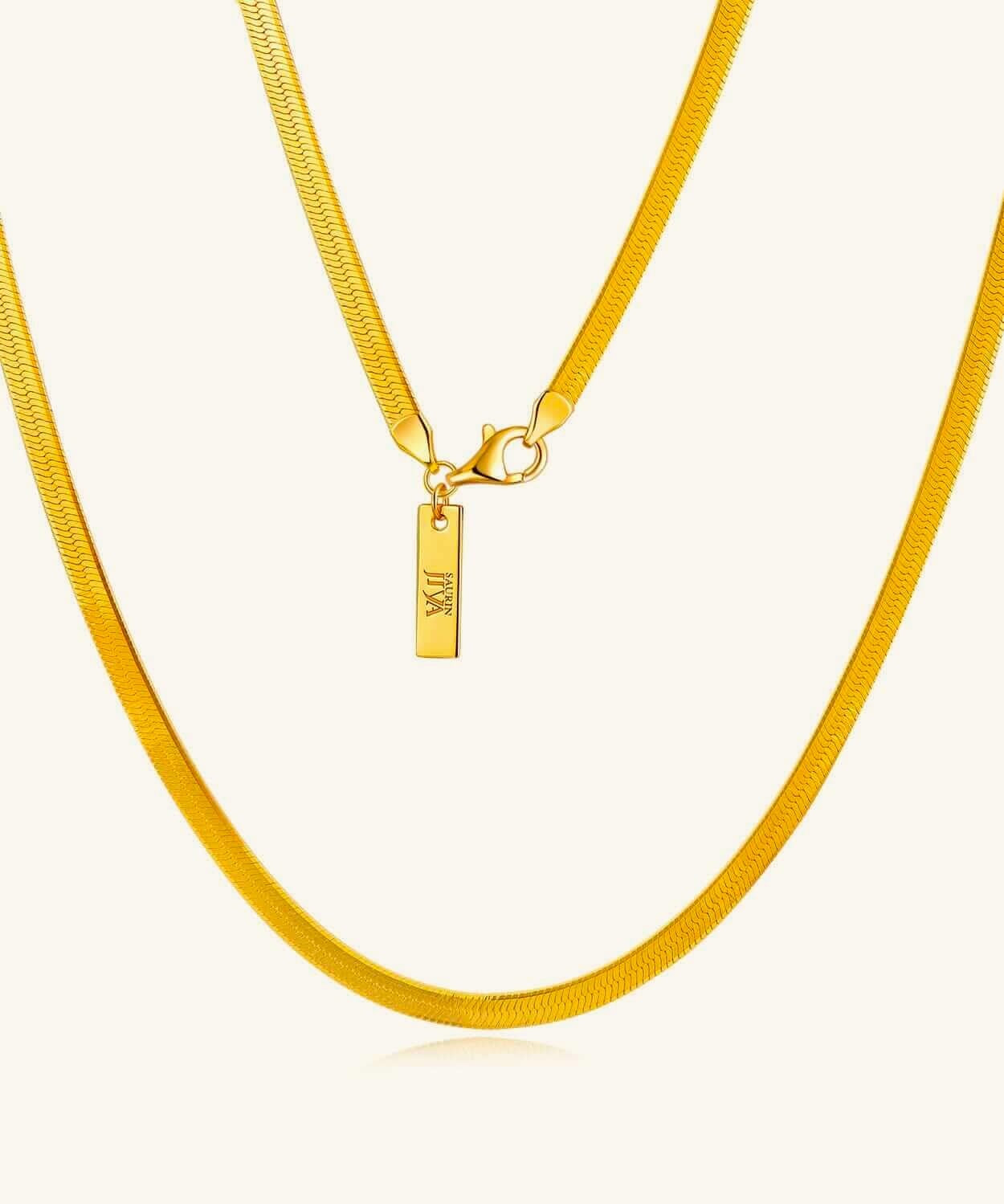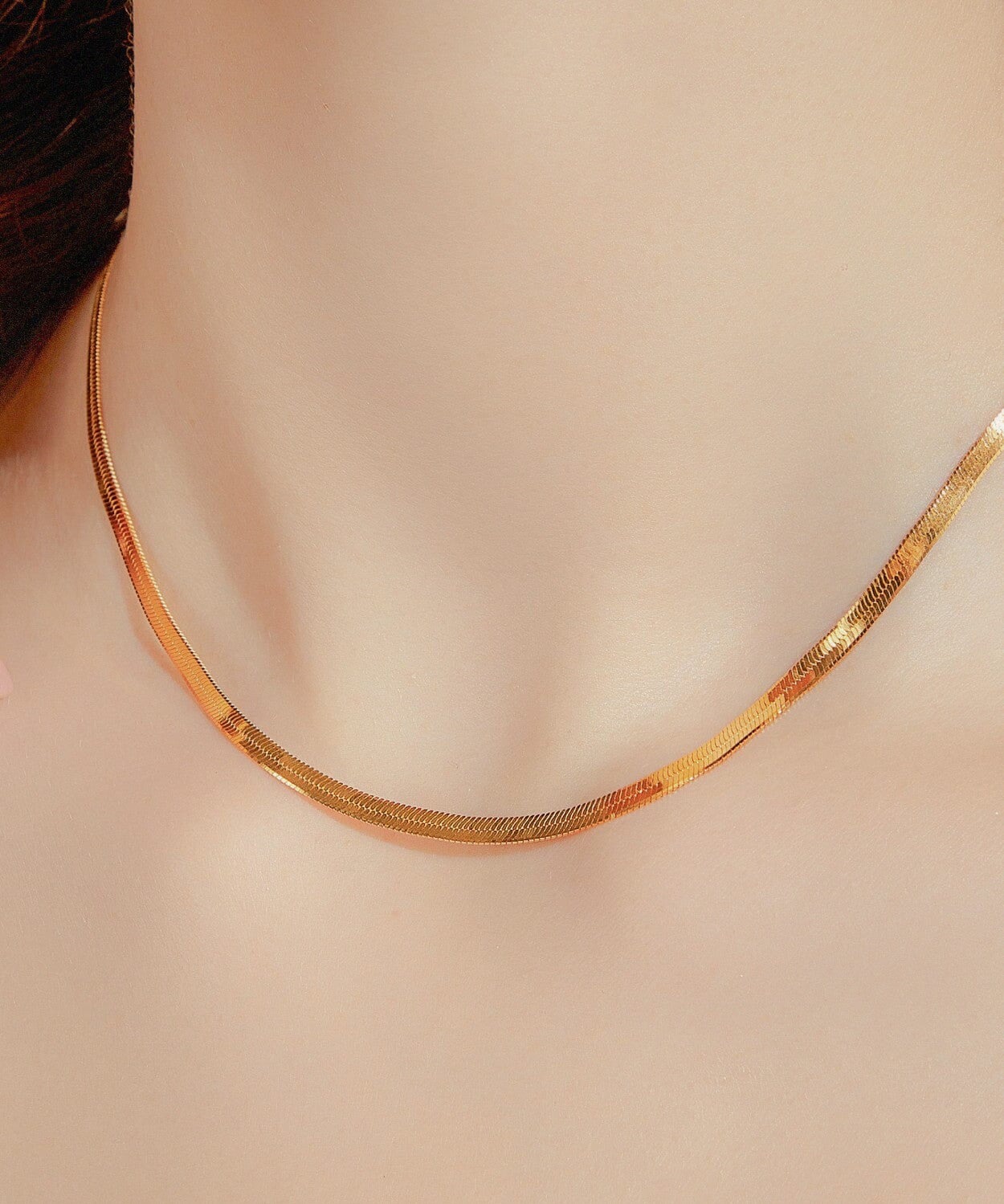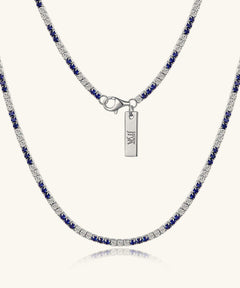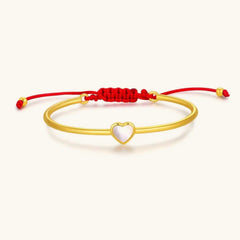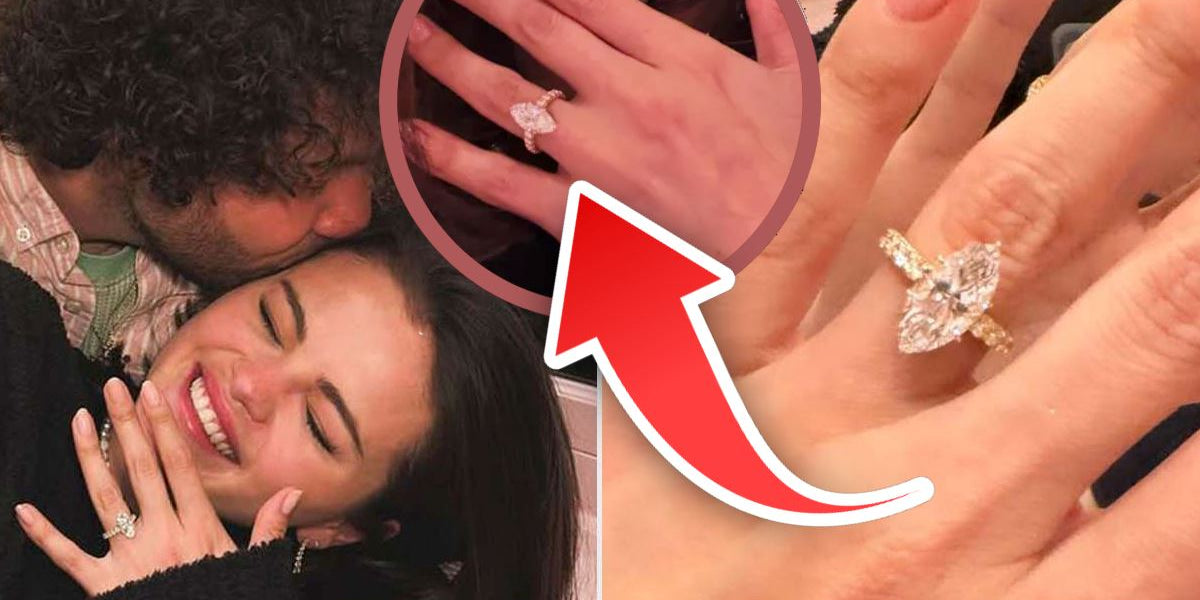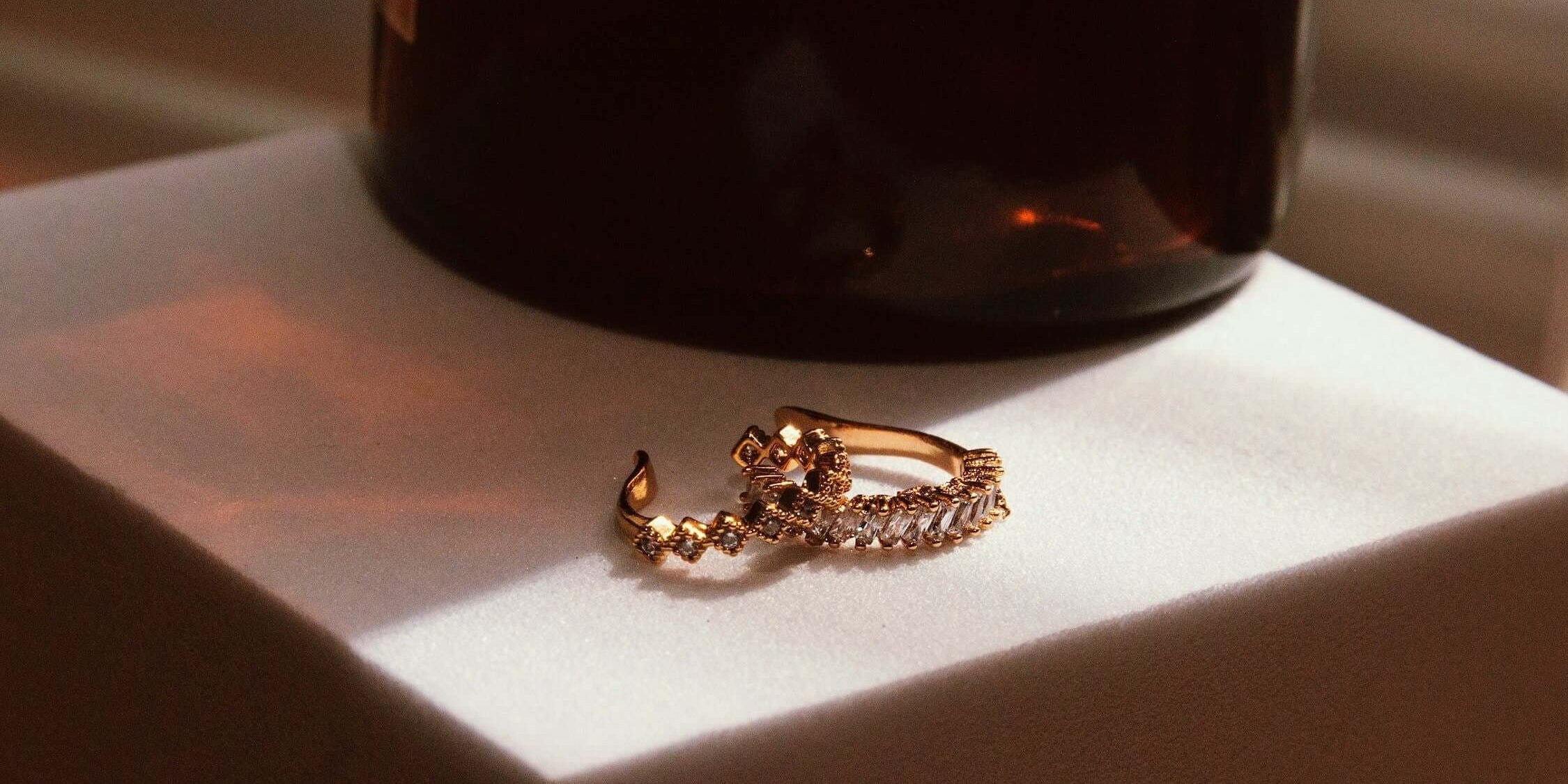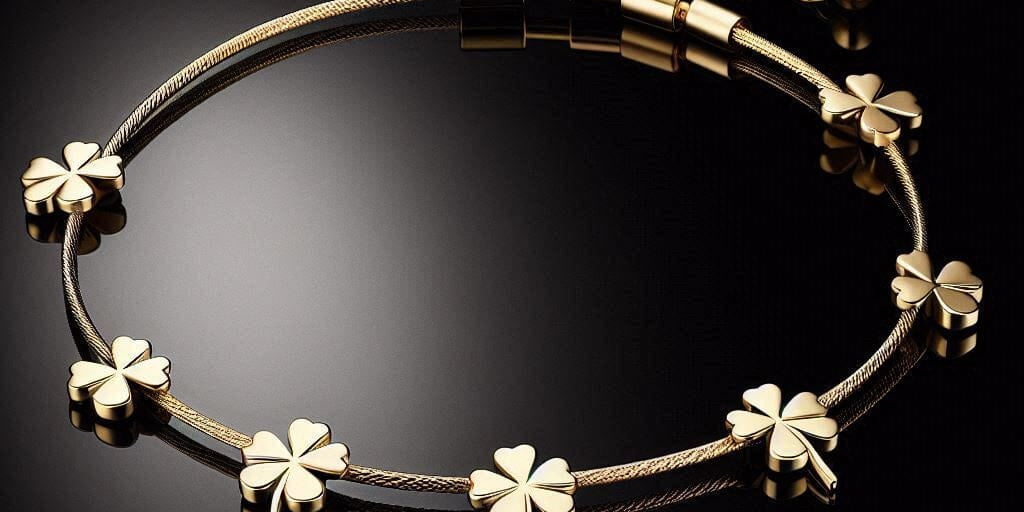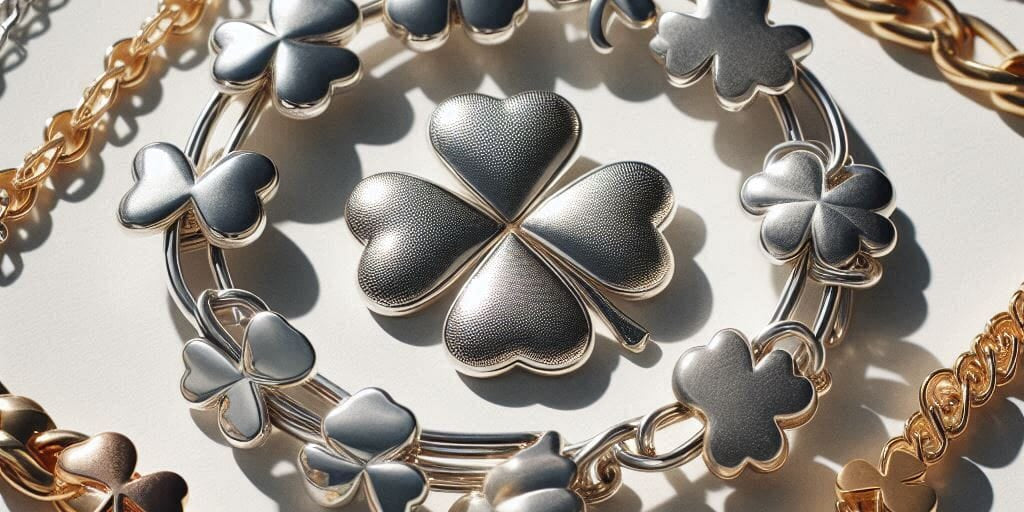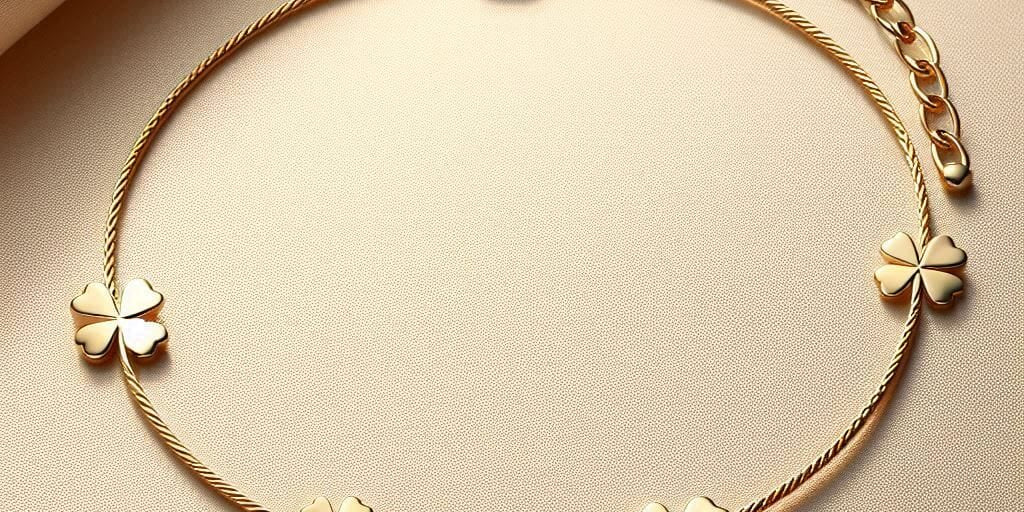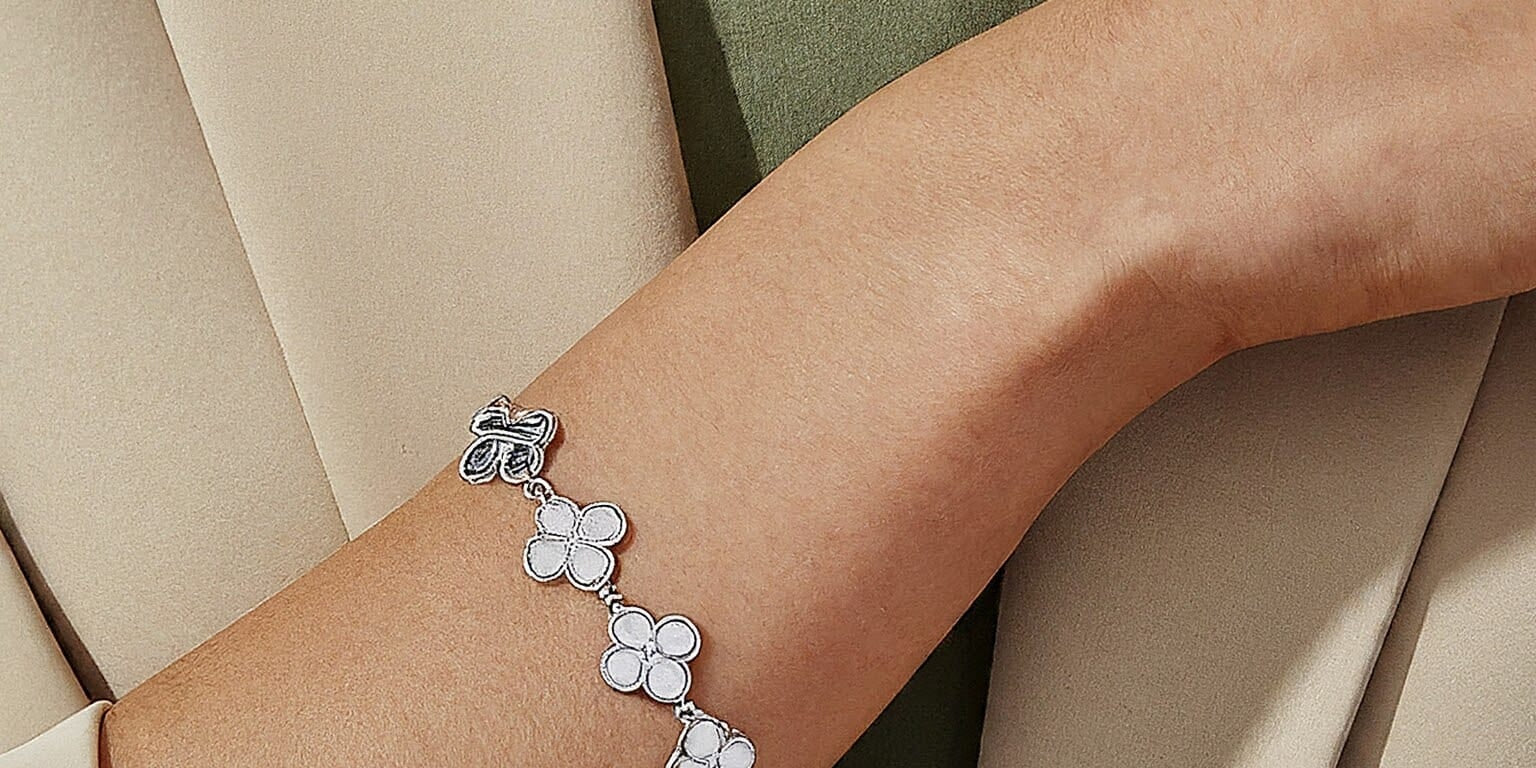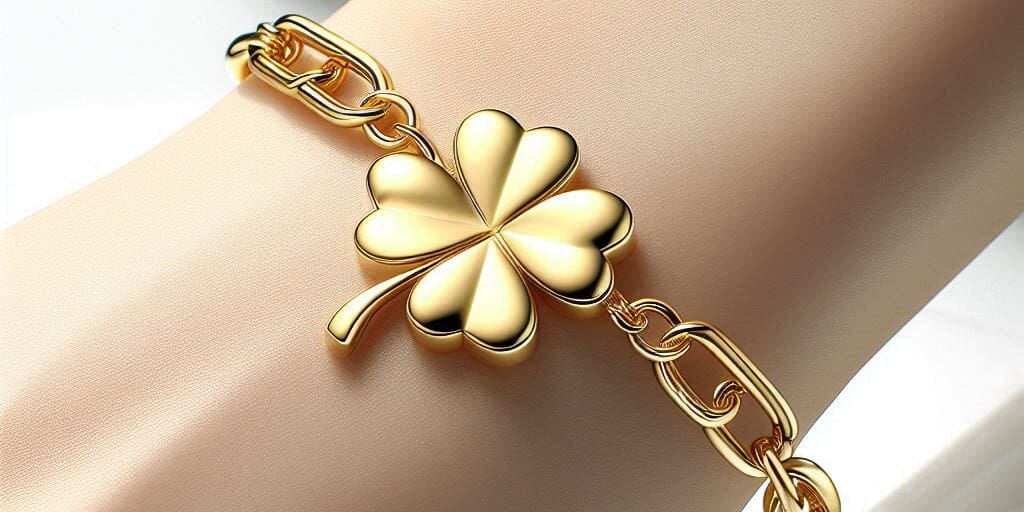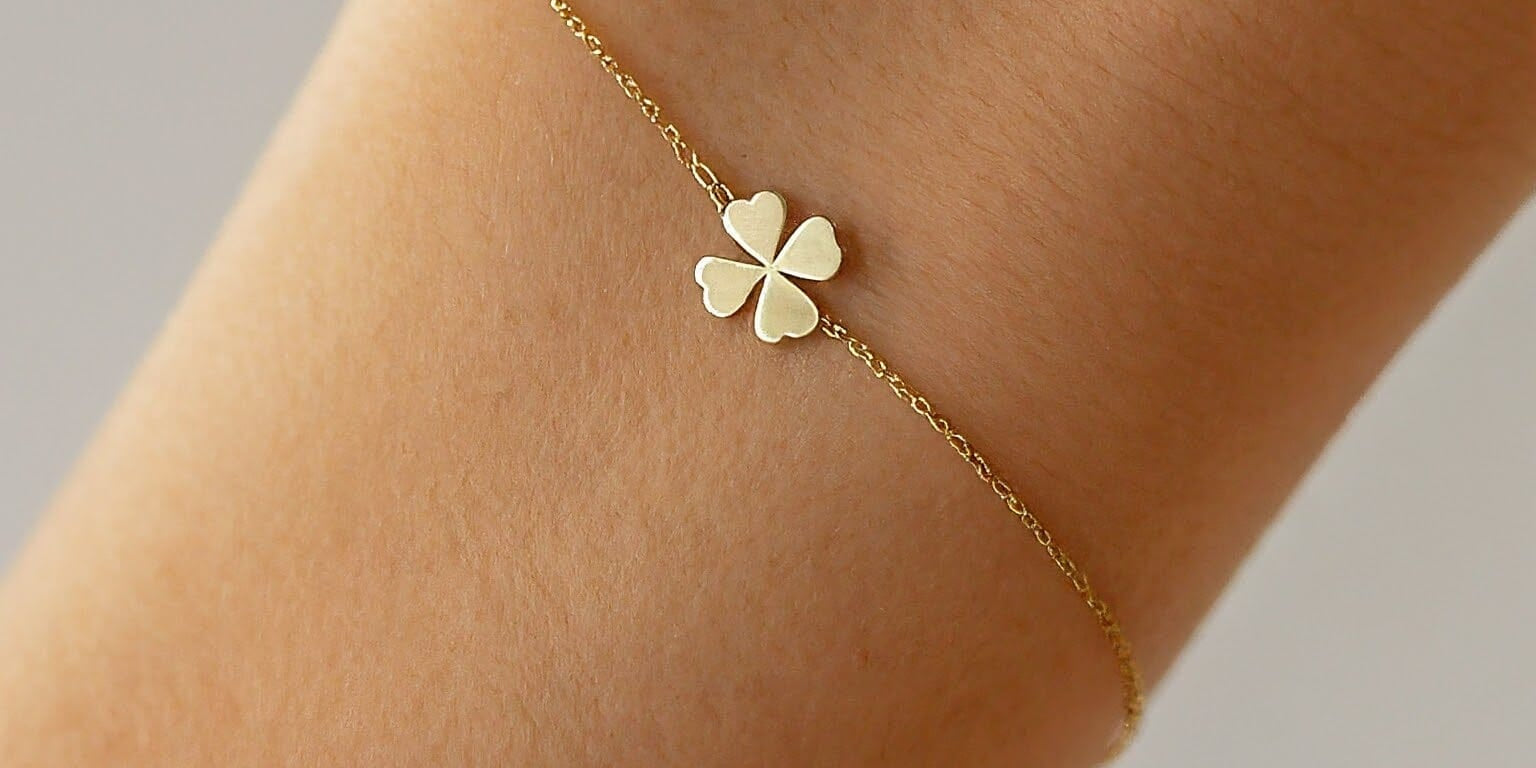Engagement rings are a symbol of promise and commitment, representing a pivotal step in many romantic relationships. Through history, these pieces of jewelry have evolved from simple bands to intricate designs, reflecting not just a bond between two people but also their individual tastes and cultural backgrounds. Oftentimes, the choice of an engagement ring is influenced by a blend of tradition, personal aesthetics, and sometimes, the desire for something unique that tells its own story.
Selecting the perfect engagement ring is a significant decision, and the range of available styles can be astonishing. Traditional designs often feature diamonds as a central stone, symbolizing durability and brilliance, akin to the qualities hoped for in a lasting marriage.
Table Of Contents
- Understanding Engagement Ring Styles
- The Significance of Ring Composition
- Diamonds and Alternative Stones
- Engagement Ring Shapes and Cuts
- Ring Settings and Profiles
- Budgeting for an Engagement Ring
- The Purchase Process
- Personalizing Your Ring Choice
- After the Purchase
- Staying Informed on Engagement Ring Trends
- Frequently Asked Questions
Contemporary rings might incorporate colored gemstones, mixed metals, or minimalist settings, catering to a more modern sensibility. Preferences often align closely with personality traits and can even be indicative of certain love styles, underscoring the depth of the expression made by the giver to the recipient.
Each engagement ring style carries its own narrative and connotations, whether it is the classic and timeless solitaire, the vintage appeal of an art deco piece, or the personal touch of a custom-designed ring. The attention to the details of a ring's design—from the cut of the stone to the intricacy of the setting—can speak volumes about the couple's journey and the future they envision together. It's a piece that holds a story to be cherished and a declaration meant to be worn and admired every day.
Understanding Engagement Ring Styles
When I guide individuals through the choice of an engagement ring, I emphasize considering the style that best reflects one's personal taste and the sentiment behind the commitment. The diversity ranges from classic, embodying timeless elegance, to modern and unique designs that capture contemporary tastes or distinctive personality traits.
Classic Engagement Rings
Classic engagement rings are recognized for their timeless designs. They typically feature a solitaire diamond set on a simple, elegant gold or platinum band. My experience has shown me that the ubiquitous princess and round cut diamonds are perennial favorites in this category, often chosen for their enduring appeal and ability to complement any hand or style.
Modern Engagement Rings
Average Budget
$9,500 is the average engagement ring budget in 2022.
Budget Preference
Only 20.9% allocate a "large budget" for their engagement ring.
Search Duration
The average couple spends 3.5 months searching for their ring.
Existing Debt
More than 70% of ring seekers have existing debt.
Stone Preference
Over 90% prefer a natural diamond as the center stone.
In contrast, modern engagement rings incorporate bold and geometric shapes, with contemporary aesthetics that may lean towards minimalism or avant-garde design. They often utilize metals like white gold and titanium, and may include bezel settings and non-traditional diamond cuts like emerald or pear-shaped stones. My clients are increasingly drawn to these designs for their sleek and sophisticated look.
Unique Engagement Ring Features
Lastly, there's a growing interest in rings that have unique features, which might include custom design elements or aspects that are not typically found in more traditional rings. Details like engraving, colored gemstones, mixed metal bands, and even vintage-inspired styles fall under this umbrella. These features provide a personalized touch that I find allows individuals to express their individuality and the unique nature of their relationship.
The Significance of Ring Composition

In choosing an engagement ring, the components that make up its structure hold profound implications. My experience emphasizes that the metal and gemstones not only narrate a story of style and tradition but also of value and durability.
Metals
Gold is the traditional choice for engagement ring bands, popular in various hues such as yellow gold, white gold, and rose gold. Each color has its distinct appeal: yellow gold for its classic warmth, white gold for its reflective radiance, and rose gold for its vintage allure. Platinum, known for its exceptional durability and natural white sheen, is a premium metal. It requires less maintenance than gold and is hypoallergenic, making it ideal for daily wear.
-
Gold
- Yellow Gold: Traditional, timeless appeal.
- White Gold: Sleek, contemporary aesthetic.
- Rose Gold: Unique, romantic undertone.
-
Platinum
- Distinguished by its substantial feel and enduring nature.
- Retains its color without the need to be re-plated.
Gemstones
Diamonds are the gemstone of choice for many engagement rings, admired for their unrivaled hardness and brilliance. They come in various cuts, clarities, and carats to fit personal preferences and budgets. Alternatives like sapphires and morganite offer a touch of color and uniqueness, while moissanite presents a cost-effective option with a close visual similarity to diamonds but excels in its own right with impressive refractive properties.
-
Diamonds
- The quintessential choice for engagement rings.
- Revered for their toughness and sparkle.
-
Alternative Gemstones
- Sapphires: Symbolizing nobility and depth.
- Moissanite: Exceptional brilliance and affordability.
- Morganite: Soft colors and romantic energy.
The metals and gemstones I select not only affect the ring's aesthetic and feel but also play a crucial role in defining its longevity and meaning.
Diamonds and Alternative Stones

In my exploration of engagement ring styles, I have concluded that while diamonds remain a highly sought-after choice for their brilliance and tradition, alternative gemstones like sapphires and emeralds are gaining popularity for their unique appeal and color.
Sapphire Engagement Rings
Sapphires are synonymous with royalty and offer a touch of classic elegance that many find ideal for an engagement ring. I've noticed that sapphires are not only appreciated for their stunning blue hues but also for their hardness, second only to diamonds, making them an excellent choice for everyday wear. When considering a sapphire engagement ring, it's crucial to evaluate the quality of the stone based on its color, clarity, cut, and carat weight—the same four Cs used for diamonds.
- Notable Shapes: Like diamonds, sapphires are available in an array of shapes, with the most popular being round, cushion, and oval.
- Durability: Sapphires rank an impressive 9 on the Mohs scale of hardness.
Emerald and Other Gemstones
When I turn my attention to emeralds and other gemstones, I find that they bring a distinct personality to an engagement ring. Emeralds, with their lush green color, symbolize growth and renewal. Despite their allure, it's key to consider that emeralds are softer than diamonds and sapphires, necessitating extra care.
- Shapes: Emeralds are often cut in their namesake emerald shape, which showcases their color but also commands a high level of clarity.
- Quality Factors: Clarity is important, but inclusions, known as jardin, are more acceptable in emeralds compared to other gemstones.
While diamonds often boast a perfect cut to maximize their fire, alternative stones such as sapphires and emeralds are valued for their color and rarity more so than their ability to refract light. Regardless, the four Cs—carat, color, clarity, and cut—remain a vital consideration when selecting the perfect stone for an engagement ring. Each choice encapsulates a blend of personal taste and practicality, creating a ring that tells its own story.
Engagement Ring Shapes and Cuts
When choosing an luxury engagement ring, the shape and cut of the diamond are paramount in defining its overall appearance and brilliance. Each cut has its unique charm and reflects light differently, making this choice a personal statement of style.
Round Brilliant Cut

The Round Brilliant Cut is the most sought-after cut for engagement rings. It's renowned for its excellent light performance, which maximizes sparkle. The cut consists of 58 facets that are precisely engineered to enhance the diamond's fire and brightness. Round-cut diamonds are timeless and offer exceptional versatility that complements almost any ring setting.
Princess Cut

Next is the Princess Cut, a square-shaped diamond with sharp, uncut corners that create a modern and chic look. Its facet arrangement is unique, which leads to a distinct combination of sparkle and clarity. Princess cut engagement rings are often favored for their contemporary feel while still maintaining a high level of brilliance similar to that of round diamonds.
Emerald Cut

The Emerald Cut is characterized by its rectangular facets, which are step-cut into the diamond. This cut emphasizes the clarity of the diamond with its large table and open facets. While it offers less sparkle than a brilliant cut, the emerald cut exudes elegance and a vintage appeal. Emerald-cut engagement rings are a perfect choice for someone who appreciates a more subtle sophistication.
More Unique Shapes
Beyond traditional cuts, there are More Unique Shapes that can express individuality. The oval cut is an elongated version of the round cut, which can make the finger appear longer and slimmer. Pear-shaped diamonds combine the round and marquise cuts for a teardrop effect, offering a distinctive look with lots of sparkles. Engagement rings with heart-shaped diamonds are the epitome of romance, while the radiant cut is a striking hybrid between the emerald and round cut, offering both brilliance and a unique shape. Each of these options provides a way to personalize an engagement ring to reflect the wearer's personal style and taste.
Ring Settings and Profiles

In choosing an engagement ring, I consider ring settings and profiles essential elements that define the overall look. Each setting offers a different aesthetic and speaks to the wearer's style, while the profile determines the ring's silhouette.
Solitaire Setting
The solitaire setting, characterized by a single center stone mounted on a simple band, is a timeless choice. Its elegance lies in its simplicity, allowing the center stone to take center stage.
- Features: A single center stone, often held by prongs to maximize light exposure.
- Advantages: Maximizes the center stone's visibility and enhances its brilliance.
Halo and Prong Settings
Halo settings encircle a center stone with smaller accent diamonds to create a dazzling effect and give the illusion of a larger center stone. Prong settings are the most common way to secure the stone, where metal claws extend from the base of the ring to hold the diamond in place.
- Halo Features: Surrounding smaller diamonds, can make the center stone appear larger.
- Prong Advantages: Allows maximum light to enter the stone, increasing sparkle.
Three-Stone and Other Settings
A three-stone engagement ring signifies a couple's past, present, and future, with a trio of diamonds representing the time continuum. These settings can vary, featuring stones of the same size or a larger center stone flanked by smaller side stones.
- Three-Stone Features: Symbolic representation, typically with a prominent center stone.
- Variations: Can include different combinations of gemstones and cuts.
Budgeting for an Engagement Ring

When planning to buy an engagement ring, I make sure my financial boundaries are clear. It's about finding a balance between my sentimental wishes and the reality of what I can afford, ensuring I stay financially responsible.
Determining Your Budget
Firstly, I assess my financial situation comprehensively. This involves looking at my savings, my monthly income, and any other expenses I have on the horizon. I adopt a traditional guideline such as allocating two months' salary for the ring as a starting point. However, I also consider my personal circumstances carefully. This is not about strictly adhering to any rules; it's about what works for me and the future I'm planning with my partner.
Ways to Maximize Budget
To maximize my budget, I explore various approaches without compromising on quality:
- Opt for lesser-known gemstones: Instead of a diamond, sapphires or moissanites could offer a remarkable centerpiece for the ring at a more affordable price.
- Consider different metal types: Platinum is prized, but white gold or palladium could be just as stunning and more cost-effective.
- Prioritize the 4 Cs: Cut, color, clarity, and carat weight should be balanced. For instance, opting for a higher cut and a slightly lower carat weight can give the ring an impressive sparkle while staying within my budget.
By adopting these strategies, I ensure that I can purchase a ring that is both meaningful and financially sensible.
The Purchase Process

When I consider purchasing an engagement ring, I find it essential to compare the experiences between visiting physical stores and browsing online platforms. The level of customer service and expertise available can significantly influence my decision-making process.
Brick-and-Mortar versus Online Shopping
Brick-and-Mortar: When I visit a physical jeweler, I benefit from the tangible experience of seeing and touching the rings. The immediacy of trying on different styles helps me visualize how they look on my hand. Scheduling an appointment ensures that I receive dedicated attention and can ask jewelers for their expert opinion on craftsmanship and design.
Online Shopping: Shopping for an engagement ring online offers me convenience and a wider range of choices. Most online jewelers provide detailed descriptions and high-resolution images that aid in my evaluation. However, it's crucial to check the return policy and ensure there is a reliable customer service team I can reach out to with any questions.
Customer Service and Expertise
Jewelry Expert: When I interact with a jewelry expert at a physical store, I expect personalized advice tailored to my preferences and budget. They can guide me through various aspects like diamond quality, ring settings, and maintenance.
Customer Service: Online, customer service holds utmost importance in my purchase process. I look for websites with live chat options, speedy response times, and comprehensive after-sales support. It’s the expertise provided through these services that instills confidence in my purchase decision, even when I can’t physically inspect the ring before buying.
Personalizing Your Ring Choice

When I choose an engagement ring, I focus on creating a piece that's as unique as my relationship. Personalization can transform a beautiful ring into a meaningful emblem of love.
Incorporating Symbolism
I believe in imbuing my ring with symbols that reflect my personal values or relationship milestones. If I'm drawn to nature, I might select a leaf motif to represent growth. For a passion in science or the stars, integrating astronomically inspired designs, such as moons or stars, can imbue the ring with a sense of wonder and exploration.
Telling Your Love Story
Every relationship has a narrative, and I like to capture mine in the ring's design. Engraving a significant date or a phrase that's special to us can turn a ring into a storyteller. I can opt for a stone cut that mirrors the place where we met, maybe a brilliant round diamond that sparkles like the city lights under which we had our first kiss.
After the Purchase

Following the acquisition of an engagement ring, my purpose is to ensure its fit and harmonization with the wedding band. Here, I'll detail the steps necessary to make any size adjustments and the process of selecting a complementary wedding band.
Ring Size Adjustments
If the ring size isn't perfect, it's essential to have it adjusted. To do so, I make a visit to the jeweler where I purchased the ring or a trusted local jeweler. It's important that this modification is done with precision to avoid any damage to the ring.
- Measurements: I have my partner’s finger measured by a professional to determine the exact size.
- Timeframe: Typically, resizing takes about one to two weeks.
- Cost: Some jewelers offer resizing for free, while others charge a fee.
Pairing with Wedding Bands
When selecting a wedding band, I aim to find a style that complements the engagement ring without overshadowing it.
- Alignment: I check that the contours and width of the wedding band align with the engagement ring.
- Design: I look for designs that either match or tastefully contrast, creating a harmonious bridal set.
- Home Trial: If possible, I take advantage of home try-on options to see how the rings look together in different lighting and settings.
- Metals: I ensure that the metals of both rings either match or are compatible to avoid one ring wearing down the other.
Staying Informed on Engagement Ring Trends
When it comes to selecting the perfect engagement ring, I understand the importance of keeping up with current trends. I do this by following industry experts and gathering inspiration from social media.
Following Industry Experts
To stay ahead in the ever-evolving world of engagement rings, I closely monitor insights from renowned jewelers like Tiffany & Co. They often set the bar for elegance and innovation in ring design. Furthermore, I explore comprehensive online retailers such as James Allen, as they provide a wealth of information on the latest styles through their detailed catalogs and expert guidance.
Engagement Ring Inspiration on Social Media
Instagram has become an indispensable tool for me when looking for engagement ring inspiration. By following hashtags like #EngagementRingTrends, I can discover a variety of styles from classic to modern. This visual platform allows me to see rings worn in real-life scenarios, giving me a practical perspective on how different designs might look on my hand.
Frequently Asked Questions
When it comes to engagement rings, I know you have questions that need clear and specific answers. Let's dive into the most common inquiries.
What are the trending engagement ring styles for this year?
This year, minimalistic designs with a focus on sustainability are popular. Solitaire settings with lab-grown diamonds are also trending, as they combine classic elegance with modern technology.
How should one choose an engagement ring style that suits their hand?
To choose a style that flatters your hand, consider your finger shape and size. For example, elongated diamond shapes like oval or marquise can make short fingers appear longer, while wider bands tend to suit long, slender fingers.
What are the major differences between vintage and modern engagement ring styles?
Vintage styles often feature intricate designs, unique settings, and historical charm, whereas modern styles lean towards sleek lines, innovative settings, and a minimalist aesthetic. You will find detailed craftsmanship like filigree work characteristic of vintage rings.
Can you explain the various settings used in engagement rings?
Certainly, the prong setting is one of the most common, holding the stone with metal projections. Other settings include bezel, where the diamond is encircled by metal, and tension, where the stone is held in place by pressure rather than prongs or metal. Choices like the halo setting enhance the ring's sparkle.
What considerations are important when selecting the metal for an engagement ring?
Durability and color are key when selecting the metal. Platinum and white gold are strong and popular for their cool tones, while yellow and rose gold offer a warmer hue. But keep in mind lifestyle and skin allergies; hypoallergenic metals like platinum might be necessary.
How do I determine the right size for an engagement ring?
The best way to determine ring size is to measure the finger at the end of the day when it's likely to be at its largest. You can use an online ring size guide for an at-home method or visit a jeweler for precise sizing.
